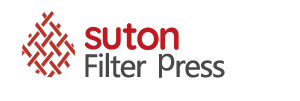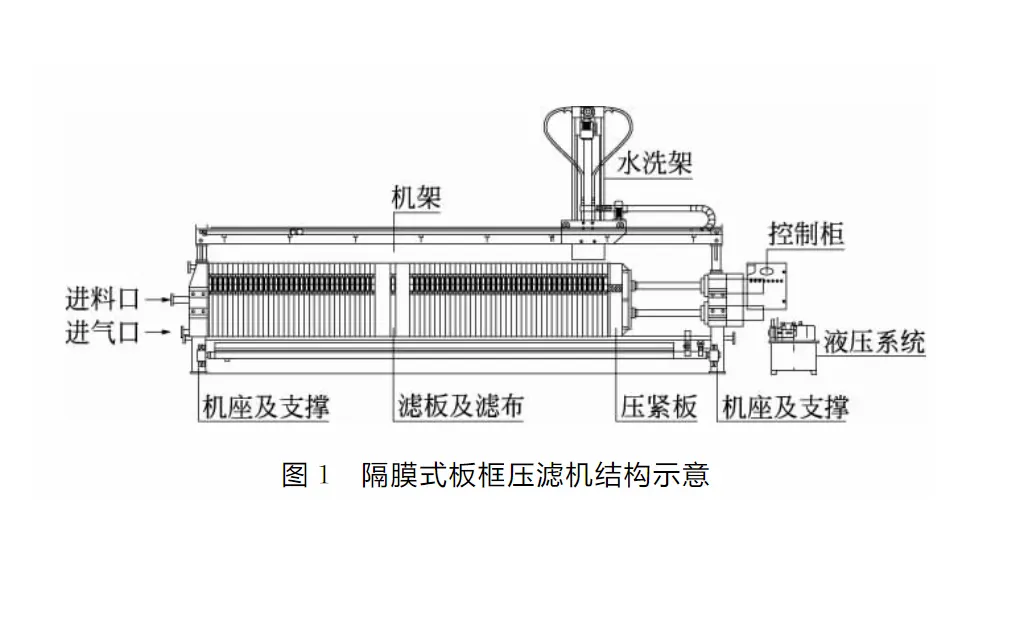液壓自動壓濾機作為一種高效、便捷的固液分離設備,廣泛應用于各個行業。而在國內市場中,上海液壓自動壓濾機因其品質和服務的優勢備受關注。本文將為您詳細介紹上海液壓自動壓濾機的市場價格以及選購指南,幫助您更好地了解這一行業。
一、上海液壓自動壓濾機價格因素
1. 設備型號與規格:不同型號和規格的液壓自動壓濾機價格存在差異。一般來說,大型設備由于具備更高的處理能力和效率,價格相對較高。而小型設備則價格較低,但處理能力也相對較小。
2. 制造材料:液壓自動壓濾機的制造材料對其價格產生顯著影響。優質的材料能夠提高設備的耐用性和穩定性,但價格相對較高。常見的制造材料包括鋼材、塑料等。
3. 附加功能:除基本的壓濾功能外,一些液壓自動壓濾機還具備其他附加功能,如自動控制、遠程監控等。這些附加功能會增加設備價格。
4. 品牌與知名度:知名品牌的液壓自動壓濾機在品質、服務和售后等方面具有優勢,因此價格相對較高。但品牌知名度也意味著更高的可靠性和信譽。
5. Market competition: In a competitive market, suppliers may adopt price competition strategies, resulting in lower equipment prices. Excessive price competition may sacrifice product quality.
6. 本地化服務:對于上海地區來說,選擇本地化的供應商可以更好地保障售后服務和維修保養的便捷性,這也可能對價格產生一定影響。
二、上海液壓自動壓濾機市場行情
目前,上海液壓自動壓濾機的市場價格大致如下:
1. 入門級設備:人民幣10萬元至20萬元。這類設備適用于小型企業或初步過濾需求,具有基本的過濾功能。
2. 中檔設備:人民幣20萬元至50萬元。這類設備具備較高的處理能力和穩定性,適用于中等規模的企業或項目。
3. 高檔設備:人民幣50萬元以上。這類設備為大中型企業或關鍵項目提供高效、可靠的過濾解決方案,具備多種附加功能和智能化操作。
Please note that the above price ranges are for reference only and actual prices may vary depending on region, supplier and specific needs. Therefore, it is recommended to conduct detailed market research and compare the advantages and disadvantages of different products and services before making a purchase.
三、上海液壓自動壓濾機選購建議
在選購上海液壓自動壓濾機時,以下建議有助于您做出明智的決策:
1. 明確需求:根據實際需求確定所需的壓濾機的型號和規格,如處理能力、過濾精度等參數。考慮是否需要其他附加功能以滿足特定需求。
2. Budget range: set a reasonable budget range and choose the most cost-effective equipment within that range. Do not blindly pursue low-priced or high-priced equipment, it is wise to choose the equipment that suits your needs.
3. 品牌與售后:選擇知名品牌的液壓自動壓濾機能夠保證品質和性能,同時良好的售后服務也是關鍵因素之一。了解供應商的售后服務內容、響應時間和費用等情況。
4. Technical support: select a supplier that can provide technical support and training to ensure that the functions of the equipment can be fully utilised and safe operation ensured during use.
5. Safety features: Ensure that the selected filter press has the necessary safety protection measures and safety certifications, such as explosion-proof and fall-proof features. Selecting equipment with high safety features can reduce potential risks and ensure personnel safety.
6. Maintenance: Understand the maintenance requirements and costs of equipment, and choose equipment that is easy to maintain to reduce long-term operating costs. Communicate with suppliers about the maintenance intervals, contents and costs of the equipment.
 Plate and frame chamber diaphragm filter presses
Plate and frame chamber diaphragm filter presses



